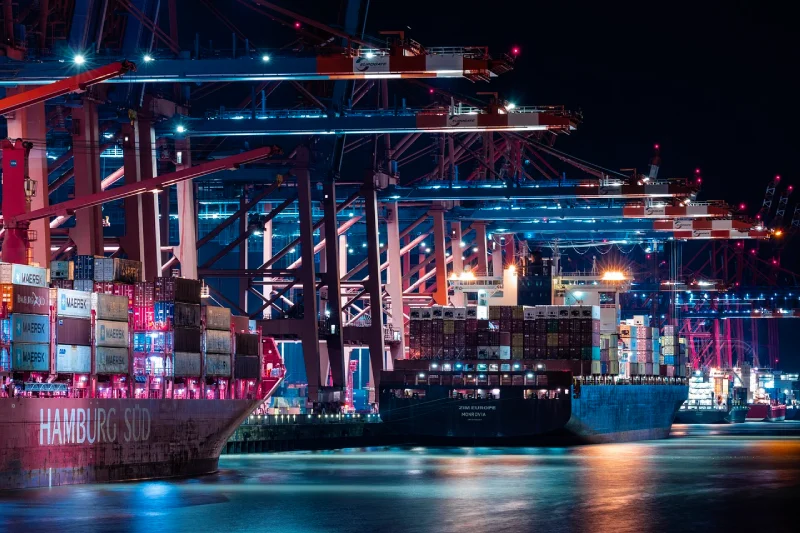Home → Difference in GVMS and inventory linked import clearance models in the UK
In the UK, there are presently two categories of ports: inventory-linked and non-inventory-linked. Each type of port has distinct protocols and prerequisites. Therefore, to ensure smooth transportation of goods, it is vital to determine in advance which category of port our goods will be cleared into since not all ports adhere to the same regulations. There are two alternatives available: employing the GVMS system or choosing an inventory-linked port.
Goods Vehicle Movement Service is an information technology system created to simplify the movement of goods within the UK. Starting from January 1, 2022, the GVMS service has become obligatory for all ports, including those that are not inventory-linked, and have hitherto relied on the Roll-on-Roll-off (RoRo) system. Traders who transport goods through GVMS ports are required to enroll and utilize GVMS to associate their customs credentials with the vehicle or trailer carrying the goods through the GMR. In the absence of GVMS, traders will not be able to embark on ferries, clear goods at non-registered sites, or cross the EU-UK border. GVMS is accessible to both UK and non-UK carriers, and traders wishing to use it must procure a GB EORI number, register their firm, acquire a Government Gateway Account, and register with GVMS.
HM Revenue and Customs (HMRC) has released a list of ports where GVMS is employed to recognize goods before they are loaded. HMRC advises contacting your carrier to verify which system is in use at ports that function in mixed mode. It is also recommended to regularly check the HMRC website for the most recent updates. Mixed-mode ports are those that operate under two systems within a single port’s jurisdiction. They use both a temporary storage model that is associated with inventory and a pre-storage model that solely utilizes GVMS. This can arise when one section of the port is linked to inventory, while the other is connected to GVMS. Some ports are connected to the inventory system and use two models, namely temporary storage or a hybrid of temporary storage and GVMS. The hybrid model is implemented at RoRo terminals at a particular port, while other terminals at the same port use only the temporary storage model. For temporary storage, the customs declaration is linked to the port’s inventory system, which interacts with CDS to carry out customs clearance electronically.

At ports where there is a connection to the inventory, there is a check-in system associated with the Community System Provider (CSP), which is linked to the CDS information system. To use the CSP, a subscription fee must be paid and an ID badge purchased. There are five different CSP systems in operation in the UK, which serve maritime and air traffic at various ports and airports. The applicable CSPs include:
A special badge is required to transport goods between EU member states. The most important difference between the GVMS and Inventory linked systems is the timing of import declarations to the UK.
If you don’t know what type of system applies to the particular port where you plan to clear customs, you can seek professional help from us. OTSBroker will help you go through all the procedures involved in importing your goods, thus saving you time and avoiding bureaucracy.